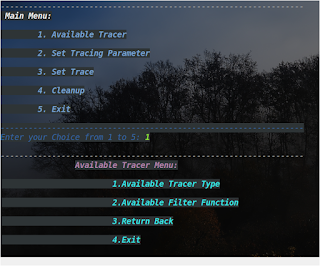PostgreSQL Write-Ahead-Logging(WAL) Archiving Functionality

To recover from PostgreSQL Database crashes Postgres provides WAL archiving functionality from which a standby database can be created by replaying the WAL logs in the recovery site.This interm helps in recovering the database to a particular point in time which is termed as PITR(Point-In-Time_Recovery). WAL files contain the transaction logs from which the database operation can be replayed.Whenever a database operation is triggered a WAL record is created first and then the corresponding data is flushed to disk. In case of any crash, the lost data is recreated by replaying the WAL record. To enable WAL recovering below configuration needs to be configured in postgresql.conf file





